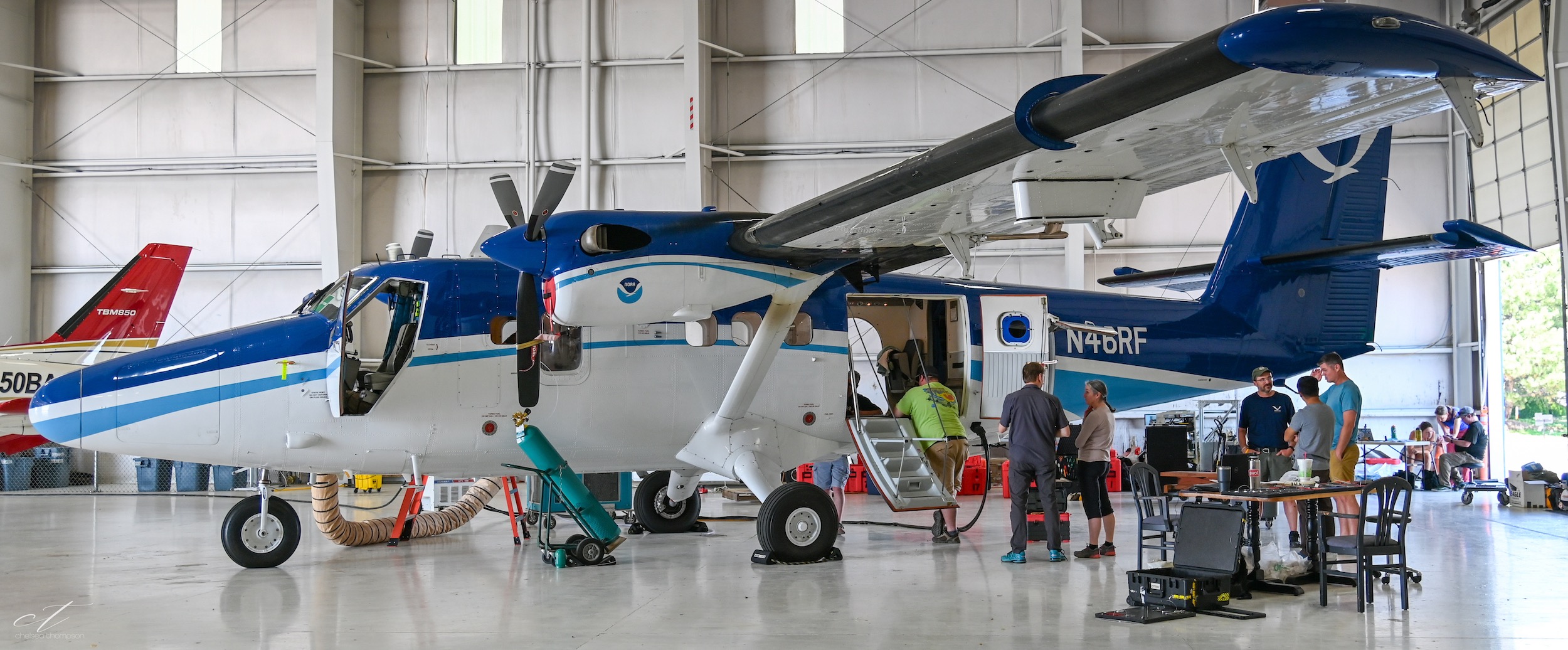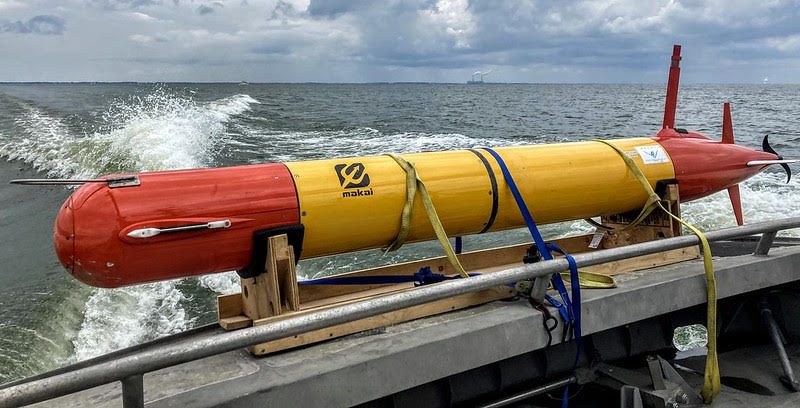A new study finds that air pollutants emitted from cooking can account for nearly a quarter of human-caused volatile organic compounds in dense urban areas.
Stroll along the downtown streets of any major city around dinner time and you’re bound to encounter mouth-watering aromas enticing hungry patrons to nearby restaurants like moths to a flame.
If there’s one thing the researchers at NOAA’s Chemical Sciences Laboratory (CSL) have learned in their multi-year deep dive investigation into the unrecognized and underappreciated sources of urban air pollution, it’s this: If you can smell it, there’s a good chance it’s impacting air quality.
When it comes to those delicious food smells, the impact could be significant—according to a new study quantifying cooking emissions in the urban air of downtown Las Vegas that was recently published in the journal Atmospheric Chemistry & Physics.
“What we’re looking at from cooking are primarily oxygenated VOCs, or volatile organic compounds,” said Matt Coggon, a research chemist at CSL and lead author of the study. “These are quite reactive in the air, so we expect they’ll be important for air quality.”
From Sin City to the City of Angels
The research was part of CSL’s 2021 SUNVEx field campaign, conducted with a mobile laboratory and ground sites in Los Angeles and Las Vegas in collaboration with university colleagues from CIRES and state air quality managers to investigate current air quality issues in southwestern U.S. urban areas.

Las Vegas’ ascendant restaurant scene is having a moment. Home to one of the highest restaurant densities in the United States—a whopping 666 restaurants per 100,000 people, Sin City also has persistent air quality concerns, especially along the famous Las Vegas Strip, with its high density of casinos, hotels, bars and restaurants.
Coggon and his team of researchers determined that on average, 21% of the total mass of human-caused VOCs present in Las Vegas’ outdoor air were from cooking activities. Depending on the time of day, cooking VOCs ranged from from 10% to 30% of the total.
The discovery that cooking emissions could account for nearly a quarter of the urban VOCs was unexpected, particularly given that the U.S. National Emissions Inventory (NEI) estimates this source at an insignificant 1%. On an absolute basis, the NEI underestimates cooking emissions by a factor of 5–10.
Coggon said based on the new findings, cooking emissions could be the single largest missing source of urban VOCs in current air quality models, which could have important ramifications for air quality management.
Given Las Vegas’ particularly high density of restaurants, these measurements may represent the upper range of cooking’s influence on air quality in the U.S. Even so, research in other cities is indicating that cooking emissions may be a big, unsolved piece of the air quality puzzle in major cities worldwide.
If you can smell it, there’s a good chance it’s impacting air quality.
CSL and CIRES scientists have devoted the better part of 10 years now towards identifying, quantifying, and inventorying the myriad VOCs in urban air that degrade air quality. VOCs are extremely important for urban air quality as they lead to the production of both ground-level ozone pollution and particulate matter (PM2.5).
These efforts have included pioneering research on volatile chemical products (VCPs), a previously unrecognized class of VOCs produced from consumer products such as personal care products, fragrances, paints, and adhesives, which make up between 25–50% or more of the total human-caused VOC emissions in urban areas.
“Over the years we’ve measured all sorts of different VOCs across the U.S. from different sources, like vehicles, wildfire smoke, agriculture, and consumer products,” explained Coggon. “We kept seeing a specific class of compound in the urban measurements, what we call long-chain aldehydes, that we couldn’t explain from these other sources.”
These long-chain aldehydes were particularly elevated in the air around downtown urban centers. Previous reports on indoor air quality in homes had identified these aldehydes as a major component of cooking emissions, arising from the thermal breakdown of oils and fats. Several recent outdoor studies have begun using them as unique markers for restaurant emissions.
So the researchers turned their focus to the invisible, but often tantalizing VOCs given off by grilling, sautéing, searing, or and other cooking techniques.
In the summer of 2021, Coggon and his Boulder colleagues outfitted CSL’s mobile laboratory with specialized instrumentation capable of identifying and measuring hundreds of different airborne VOCs and headed west to Las Vegas to find out just how important cooking emissions might be for urban air quality.
For several weeks in June and July, the scientists drove their mobile laboratory around the streets of Las Vegas and the surrounding desert to map the air quality across residential, commercial, and entertainment districts. Scientists focused on the Las Vegas Strip, cruising up and down the avenue at different times of the day from noon to 2 am.
Consumer products – and now cooking – join tailpipes as ozone contributors
For downtown Las Vegas, they determined that 50% of the human-caused VOC emissions were from volatile chemical products, and the remaining half was split nearly equally between cooking emissions and vehicle traffic.
As for how much ozone or PM2.5 may be attributed to these cooking emissions, that’s a question CSL researchers are already tackling with their now more complete and accurate VOC inventory and air quality model.
“It’s crucial to have the full picture of emissions and sources,” Coggon said, “to help policy-makers understand the effectiveness of their decisions.”
The new research builds on 2018 work in New York City, where Coggon found that personal care products like deodorant, sun block, bug spray, shampoo and hair conditioners are now responsible for about half of the VOCs that were generated by people but not produced by vehicle exhaust. Those findings were published in the Proceedings of the National Academy of Sciences.
For more information, contact Theo Stein, NOAA Communications: theo.stein@noaa.gov.



